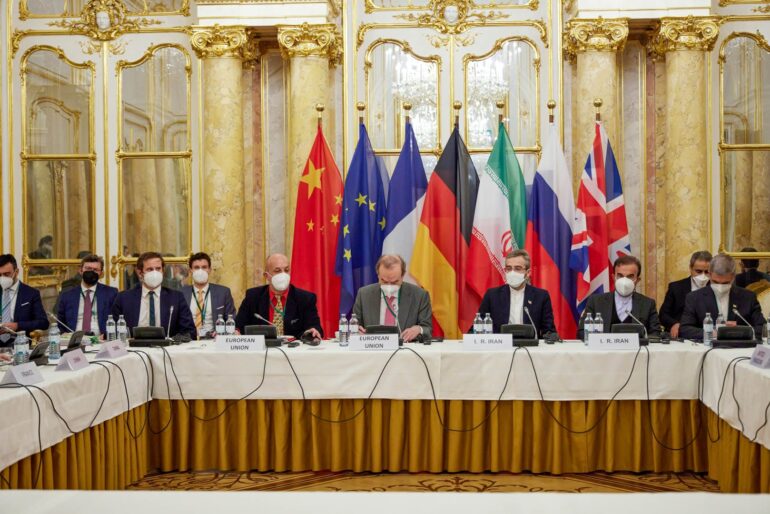Iran has significantly increased its stockpile of highly enriched uranium, prompting serious warnings from the United Nations’ nuclear watchdog and raising global concern over the true intentions of Tehran’s nuclear program.
A confidential report by the International Atomic Energy Agency (IAEA), seen by multiple news outlets, revealed that Iran now holds over 400 kilograms of uranium enriched to 60% purity—a level dangerously close to weapons-grade. That amount could theoretically be refined into enough fuel for about 10 nuclear bombs, experts say.
This marks a nearly 50% jump in enriched uranium stockpiles in just three months, a rate that has stunned officials. According to the IAEA, Iran has been producing highly enriched uranium at a pace equivalent to one bomb’s worth per month, all while continuing nuclear talks with the United States.
“The significantly increased production and accumulation of highly enriched uranium by Iran… is of serious concern,” said IAEA Director General Rafael Grossi.
While Iran maintains its nuclear program is for peaceful, civilian energy purposes, the IAEA says it can no longer confirm that claim. Tehran has blocked access to senior inspectors and failed to answer questions about its past nuclear activities. In response, Western powers are considering escalating the matter at the IAEA Board of Governors, which may eventually refer Iran to the UN Security Council.
Israel Sounds the Alarm
Israel reacted quickly and forcefully to the report. In an unusually timed Saturday statement, Prime Minister Benjamin Netanyahu’s office declared Iran was “totally determined” to develop nuclear weapons.
“Such a level of enrichment exists only in countries actively pursuing nuclear weapons and has no civilian justification whatsoever,” the statement said.
Iran’s Foreign Minister Abbas Araghchi pushed back, calling nuclear weapons “unacceptable.” However, recent comments by two advisors to Supreme Leader Ayatollah Ali Khamenei hint that Iran may reconsider its stance if international pressure intensifies—alarming many in the West.
A Longstanding Secret?
The IAEA’s comprehensive report doesn’t just focus on Iran’s current activities. It also sheds new light on undisclosed nuclear work carried out up until the early 2000s. Inspectors uncovered manmade uranium particles at previously unknown sites—including Lavisan-Shian, Varamin, and Turquzabad—raising suspicions about a hidden military nuclear program.
Tehran has denied these allegations, but the IAEA has concluded that these locations were likely part of a structured, undeclared nuclear weapons effort. One of the sites, infamously revealed by Netanyahu at the UN in 2018, was later confirmed to have traces of uranium.
“Iran’s co-operation with the agency has been less than satisfactory,” the IAEA wrote, noting Iran’s failure to declare certain sites and its refusal to offer clear answers about the findings.
What Comes Next?
The international community now faces a critical moment. The IAEA’s board will meet in the coming days to discuss the path forward. While a formal referral to the UN Security Council may take more time, the pressure on Iran to return to full compliance with nuclear agreements is mounting fast.
Despite ongoing negotiations between Tehran and Washington, there is little sign that Iran is slowing its uranium enrichment efforts. U.S. officials warn that if Iran chooses to pursue a nuclear weapon, it could produce bomb-grade material in under two weeks and potentially build a bomb within months.
With tensions rising and trust eroding, the world is watching closely to see whether diplomacy can still defuse the threat—or if a nuclear crisis is on the horizon.
